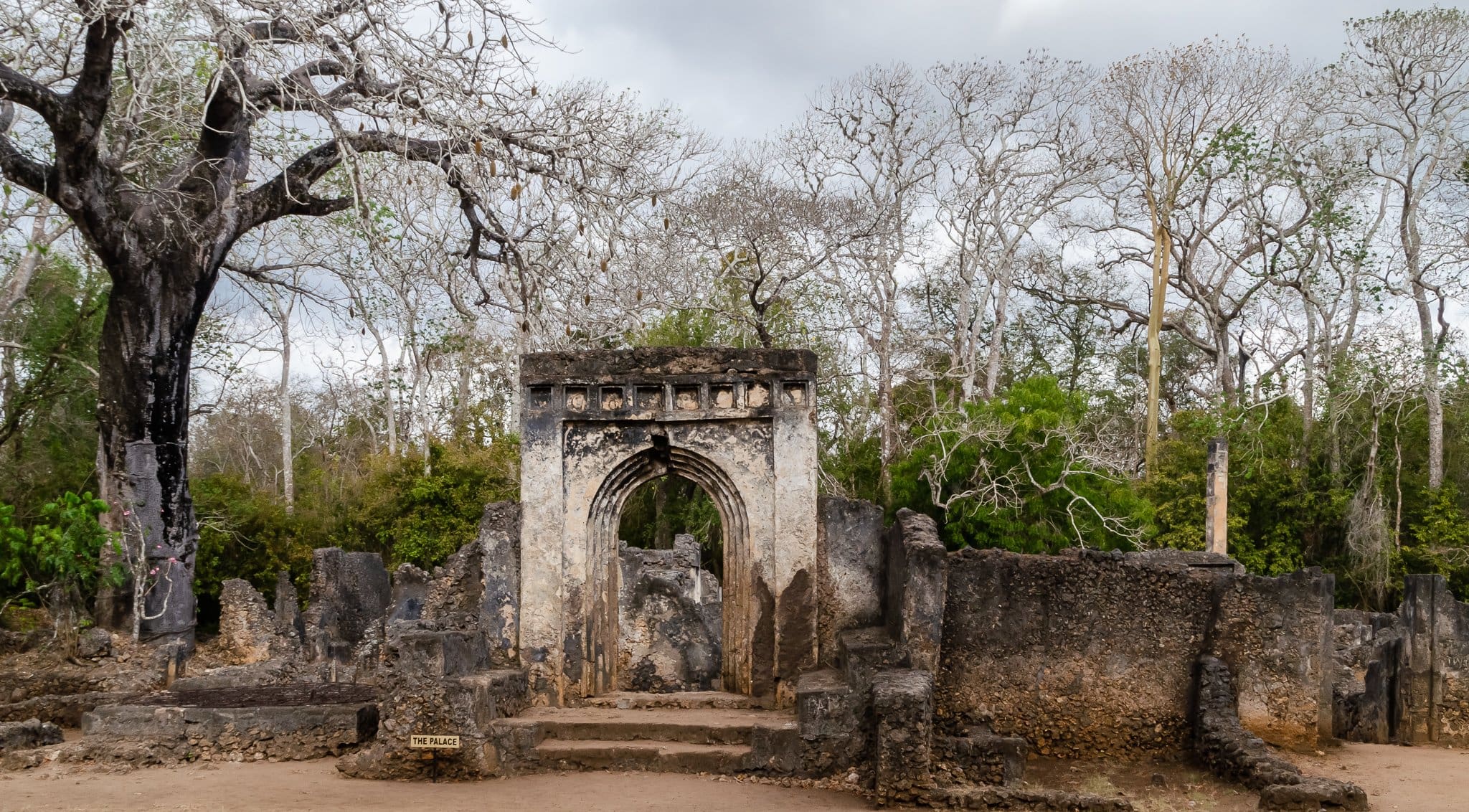Gede Ruins are found in Watamu, Kilifi County. It is located roughly 90 kilometres north-northeast of Mombasa and 16 km south of Malindi town. The Gede Ruins are the ruins of a Swahili-speaking settlement, which is typical of most settlements along the East African Coast. It dates back to the twelfth century, but new town walls were built around it in the fifteenth and sixteenth centuries.

The Gede Ruins are now a National Museum and are covered in a lovely natural forest with baobab and tamarind trees. Both a stroll and a visit are strongly advised. Watch out for Golden Rumped Elephant Shrews and Syke’s Monkeys. In some of the old wells, a calm, attentive search might also turn up an owl. The ruins of Gede are the remains of an Arab-African community discovered near the coast of East Africa. These settlements were constructed in the 15th and 16th centuries by the Swahili people.
Swahili had already developed trading ties with India and the Middle East by that time. According to analysts, Gede had a population of about 2,500 people at its height of prosperity. The town’s abandonment in the 16th or 17th century is the subject of various theories. Gede was left unattended after being abandoned, allowing nature to reclaim the space. The ruins of Gede were unearthed in the 1920s, and in 1927 they were given historical monument status. Since then, 18 hectares of the location have been excavated, exposing the ruins of numerous mosques, a palace, homes, and magnificent pillar tombs. The setting is particularly eerie and intriguing because it is concealed in a dense forest.

You may learn a lot about the intriguing Swahili culture and the old town they constructed by taking a guided tour of the ruins and museum. The network of nature trails, which features 40 different plant species and connects to tiny ruins dispersed throughout the forest, is another option for walking. Wildlife can be viewed in abundance at Gede Ruins. From the A Rocha’s Arabuko-Sokoke Schools and Eco-tourism Scheme (ASSETS) tree platform, you can witness forest birds like Turacos, Malachite Kingfishers, Paradise flycatchers, and African Harrier Hawks.



